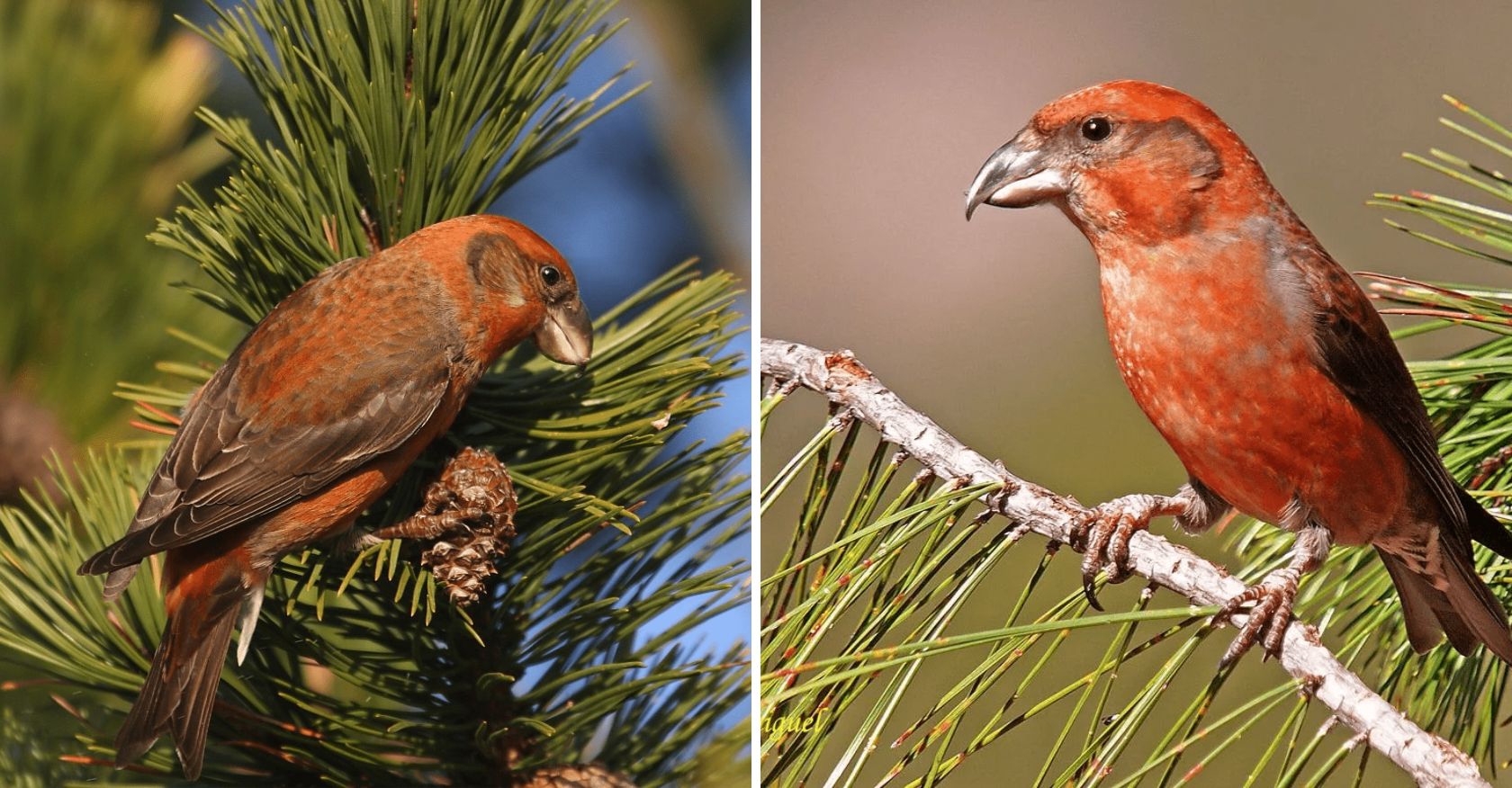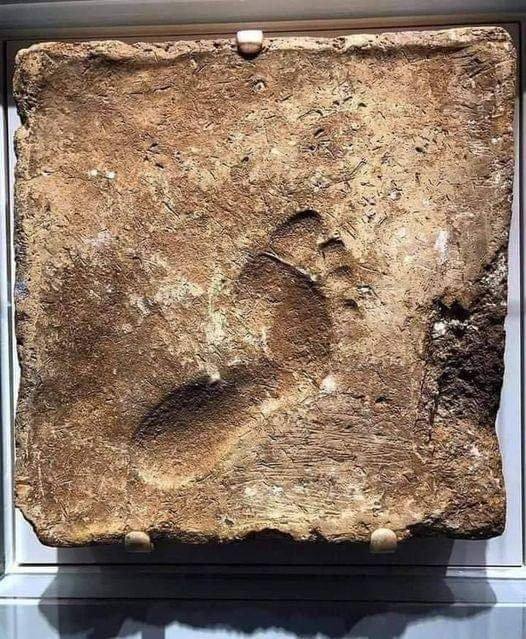In the quiet majesty of coniferous forests, a bird with a uniquely specialized beak makes its home—the Parrot Crossbill. With its distinct appearance, remarkable adaptations, and intricate role within its ecosystem, this avian marvel stands as a testament to the diversity of life that flourishes amidst the towering evergreens. Join us as we embark on a journey into the world of the Parrot Crossbill, uncovering its fascinating traits and the vital role it plays in the tapestry of the forest.
 The Parrot Crossbill (Loxia pytyopsittacus) graces the coniferous forests with its unique and captivating presence. Its name is derived from the remarkable shape of its beak, which is a masterpiece of adaptation and specialization.
The Parrot Crossbill (Loxia pytyopsittacus) graces the coniferous forests with its unique and captivating presence. Its name is derived from the remarkable shape of its beak, which is a masterpiece of adaptation and specialization.

The Parrot Crossbill’s beak is its defining feature, perfectly suited for its dietary preference—extracting seeds from pinecones. The upper and lower halves of its beak are crossed at the tip, forming a strong and precise tool for prying open tightly closed cones. This adaptation allows the bird to access its primary food source with astonishing efficiency.

The Parrot Crossbill’s feeding strategy is a fascinating display of adaptation. It uses its unique beak to skillfully manipulate and pry apart the scales of pinecones, revealing the seeds within. This specialized diet not only sets it apart but also plays a vital role in the ecosystem, as it helps to regulate tree populations by consuming and dispersing seeds.

The Parrot Crossbill’s beak is an emblem of nature’s adaptive brilliance. Depending on the species of conifer and the size of the pinecone, the beak shape may vary, showcasing how this bird’s evolution is intricately linked to the specific trees in its habitat.

Beyond its specialized beak, the Parrot Crossbill boasts a range of plumage colors that reflect its age and gender. Males exhibit vibrant shades of red, while females tend to have more muted colors. This visual diversity mirrors the intricate nature of the forest itself.

The Parrot Crossbill, as a specialized species, relies heavily on the coniferous forests for its survival. As these forests face challenges such as deforestation and climate change, the preservation of their habitats becomes essential for the continued existence of this remarkable bird.
The Parrot Crossbill, with its specialized beak, remarkable adaptations, and vital role within the coniferous forests, is a living testament to the interconnected beauty of nature. As we explore the nuances of its life and behavior, let us also acknowledge the importance of conserving the habitats that sustain these specialized species. The Parrot Crossbill reminds us that even within the subtlest corners of the forest, incredible adaptations unfold, enriching the tapestry of life on Earth and emphasizing the need for vigilant conservation efforts to protect these intricate ecosystems.






